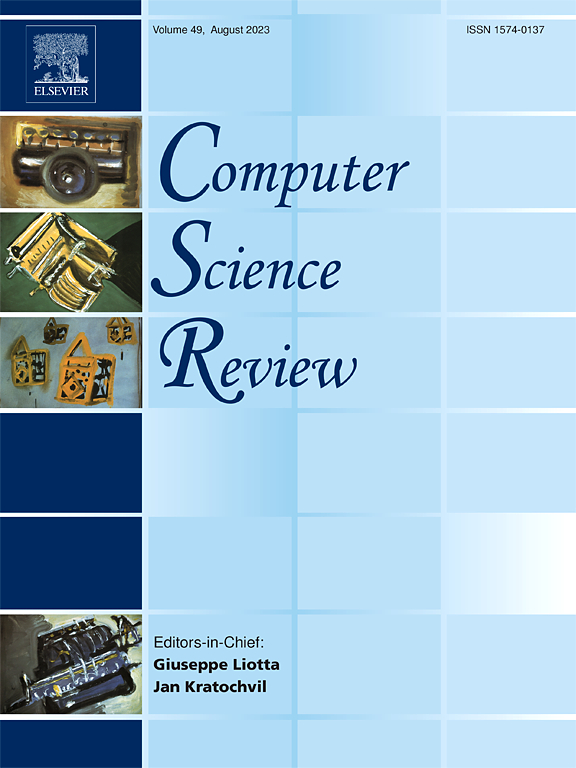量子安全区块链安全基础设施研究
IF 12.7
1区 计算机科学
Q1 COMPUTER SCIENCE, INFORMATION SYSTEMS
引用次数: 0
摘要
由于区块链的分散和分布式特性,安全基础设施在区块链中至关重要。区块链安全基础设施由以下几个部分组成:加密算法、共识协议、密钥和身份管理、网络架构以及智能合约的部署和执行。这些组件很容易受到量子计算进步和更强大量子计算机实现的影响。在整个b区块链安全基础设施中使用的经典安全对策暴露于量子计算攻击。这种开发对区块链研究和应用的可持续性是灾难性的。本文概述了区块链安全基础架构和量子安全解决方案。美国国家标准与技术研究所(NIST)发布的有前途的抗量子加密算法对其在区块链安全基础设施中的相关性和使用进行了评估。本文还讨论了量子安全解决方案在区块链安全基础设施中的实际实现和采用,包括量子安全区块链的最新发展。为区块链安全基础设施解决方案采用量子安全解决方案的关键在于不牺牲可伸缩性和去中心化。本文章由计算机程序翻译,如有差异,请以英文原文为准。
A survey on quantum-safe blockchain security infrastructure
Security infrastructure is vital in blockchain for its decentralized and distributed characteristics. Blockchain security infrastructure comprises several components: cryptographic algorithms, consensus protocols, key and identity management, network architecture, and smart contract deployment and execution. These components are vulnerable to the advancement of quantum computing and the realization of more powerful quantum computers. Classical security countermeasures used across the entire blockchain security infrastructure are exposed to quantum computing attacks. The exploitation is catastrophic to the sustainability of blockchain research and applications. This paper outlines the blockchain security infrastructure and quantum-safe solutions. The promising quantum-resistant cryptographic algorithms released by the National Institute of Standards and Technology (NIST) are evaluated for their relevance and use in blockchain security infrastructure. This paper also discusses the practical implementation and adoption of quantum-safe solutions for blockchain security infrastructure, including recent developments on the quantum-safe blockchain. The holy grail in adopting quantum-safe solutions for blockchain security infrastructure solutions is without sacrificing scalability and decentralization.
求助全文
通过发布文献求助,成功后即可免费获取论文全文。
去求助
来源期刊

Computer Science Review
Computer Science-General Computer Science
CiteScore
32.70
自引率
0.00%
发文量
26
审稿时长
51 days
期刊介绍:
Computer Science Review, a publication dedicated to research surveys and expository overviews of open problems in computer science, targets a broad audience within the field seeking comprehensive insights into the latest developments. The journal welcomes articles from various fields as long as their content impacts the advancement of computer science. In particular, articles that review the application of well-known Computer Science methods to other areas are in scope only if these articles advance the fundamental understanding of those methods.
 求助内容:
求助内容: 应助结果提醒方式:
应助结果提醒方式:


